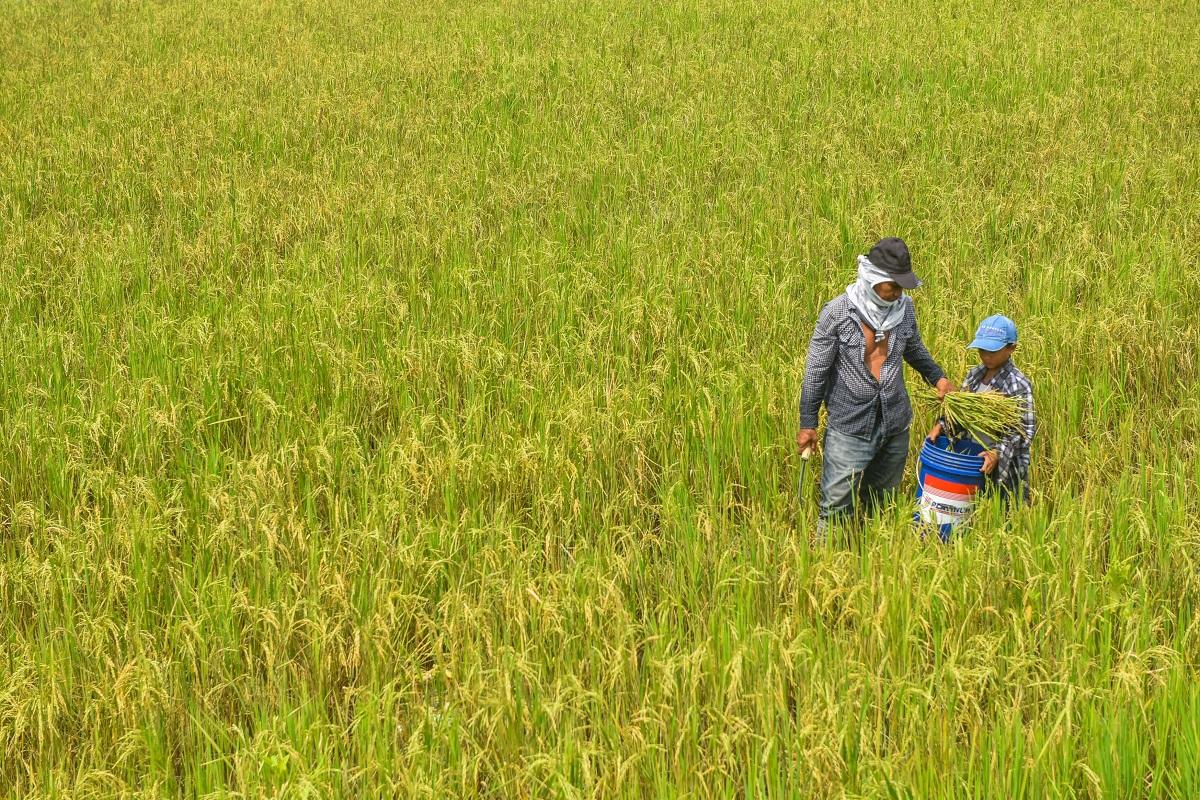PH agri output slightly up in 2023

Philippine agricultural output posted a slight rebound in 2023 after contracting for the past three years, but still below the Department of Agriculture’s (DA) target, data released by the government on Tuesday showed.
Data from the Philippine Statistics Authority (PSA) showed that the value of production in agriculture and fisheries grew by 0.7% in the last three months of 2023, on the back of higher production of crops, livestock, and poultry.
The value of crop production rose by 0.1%, with palay production up by 0.1%. The biggest increases were seen in the production of mango up 11.4%, calamansi by 4.0%, pineapple by 3.8%, onion by 3.4%, and ampalaya by 3.2%.
Livestock production expanded by 2.7%, as hog production went up by 3.7%, goat production by 1.3%, and dairy production by 17.2%. Declines were reported in the production of cattle and carabao.
Poultry production likewise saw an increase in the value of production at 7.8%, as all commodities posted growth —chicken by 8.1%, chicken eggs by 7.8%, duck by 0.6%, and duck eggs by 0.3%.
Fisheries was the only subsector that saw a contraction, as its value of production fell by 5.2%.
The biggest drops were in fimbriated sardines (tunsoy) down 34.2%, threadfin bream (bisugo) by 31.6%, blue crab (alimasag) by 31.2%, tiger prawn (sugpo) by 15.4%, and cavalla (talakitok) by 2.6%.
This brought the full-year 2023 growth to 0.4%, marks marking the first growth in four years after the -0.1% in 2022, -1.7% in 2021, and -1.2% in 2020.
This is, however, lower than the DA's 2.3% to 2.5% growth target for 2023.
The value of crop production for 2023 expanded by 0.7%, as the volume of palay (unmilled rice) produced for the year stood at 20.059 million metric tons (MT), in line with projections made by the DA.
“Our goal is to push that rice harvest volume further but that could be a challenge this year because of water shortage we expect due to El Niño,” Agriculture Secretary Francisco Tiu Laurel Jr. said in a separate statement.
The state weather bureau PAGASA officially announced the start of El Niño in July 2023, with the World Meteorological Organization (WMO) expecting this to last until at least April 2024, and the National Irrigation Administration (NIA) projecting a 1.5-million metric ton (MT) loss in palay or unmilled rice.
The DA said in December that it had already started implementing measures to mitigate the impact of the dry spell on food production.
Full-year 2023 livestock production rose by 2.5% and poultry production by 3.8%, while fisheries contracted by 6.5%. – VAL/VBL, GMA Integrated News




